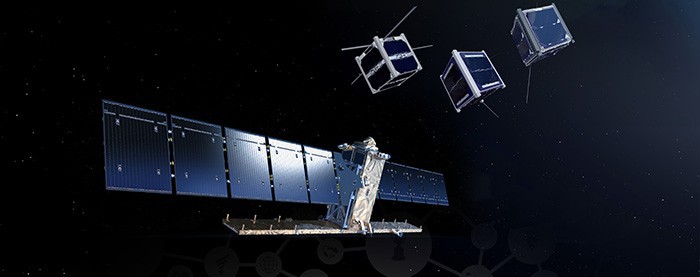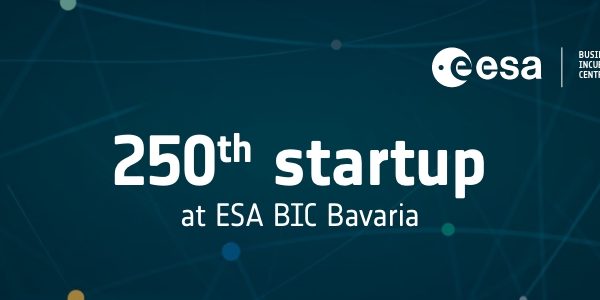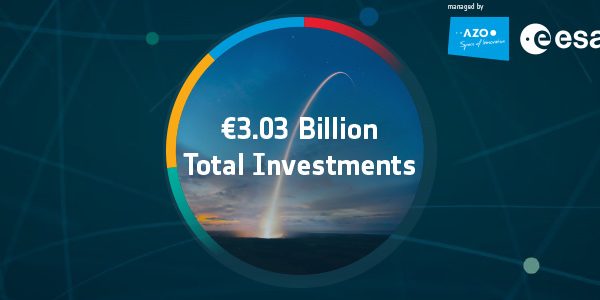Small Satellites are compact high-tech products with big impact. Already in 2016, the huge market volume of small satellites amounted to approximately EUR 2 Billion*. It is to be valued at about EUR 5 Billion by 2021.
Launching one’s own satellite into space sounds like science-fiction? Not anymore! This year’s dedicated European Space Agency (ESA) Challenge of the Copernicus Masters is the unique chance for participants to make it happen. The satellite design and development is awarded with EUR 1 Million. To top it off, the winner receives a free launch on the Vega rocket and additional EUR 10,000 in cash.
Launch your Mission with ESA
The ESA Sentinel Small Sat (S^3) Challenge goal is to stimulate ground-breaking satellite design, testing and manufacturing solutions leading to small missions complementary, or providing added value to current Sentinel family missions. Participants are encouraged to take this opportunity to contribute to European space exploration with their innovative idea. The winning team will have the exclusive opportunity to work together with ESA’s experienced European space experts.
Copernicus Masters Goes Upstream
ESA has annually provided an exciting Challenge ever since the competition’s initiation in 2011. The 2017 Challenge is the next level of growth. Opening the Copernicus Masters to upstream services enriches the innovation competition’s portfolio tremendously. The so-called “New Space Economy”, led by new entrants from the private sector, will play an important role in the development of creative products and services. Furthermore, they will add value to Copernicus services and data. The dedicated Copernicus Masters ESA Challenge aims at promoting exactly these kind of services. The ultimate goal is to ensure Europe’s competitiveness with true innovation.
Huge Benefits of Small Satellites
While small satellites are characterised by compact size, their advantages are enormous. Typically these satellites are defined by their low weight, namely less than 500 kilograms. Moreover, they are characterised by miniaturisation of once-bulky satellite components and standardisation of many satellite parts.
Through off-the-shelf components and short development times, small satellites come at a low cost. In this context, the winning team of the ESA Sentinel Small Sat (S^3) Challenge has one year for the development of its own satellite. Short development times and reasonable development budgets enable new innovative players to participate in the space sector. The winner of this year’s Copernicus Masters ESA Challenge is set to become an important one of them. The steadily growing market volume makes the great exploration potential of small satellites even more attractive on the global scale. Together with ESA, the winning team shall become part of this thriving market and drive commercial space exploration.
About the Copernicus Masters
AZO has launched the Copernicus Masters in 2011 on behalf of the European Space Agency (ESA) and with strong support of world-class partners as part of their mission to foster the User Uptake of Copernicus services. The Copernicus Masters is an international competition which awards prizes to innovative solutions for business and society based on Earth observation data. Submissions are welcome from 1 April until 30 June 2017 at www.copernicus-masters.com.
* according to marketandmarket.com






